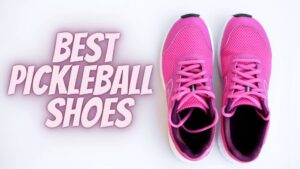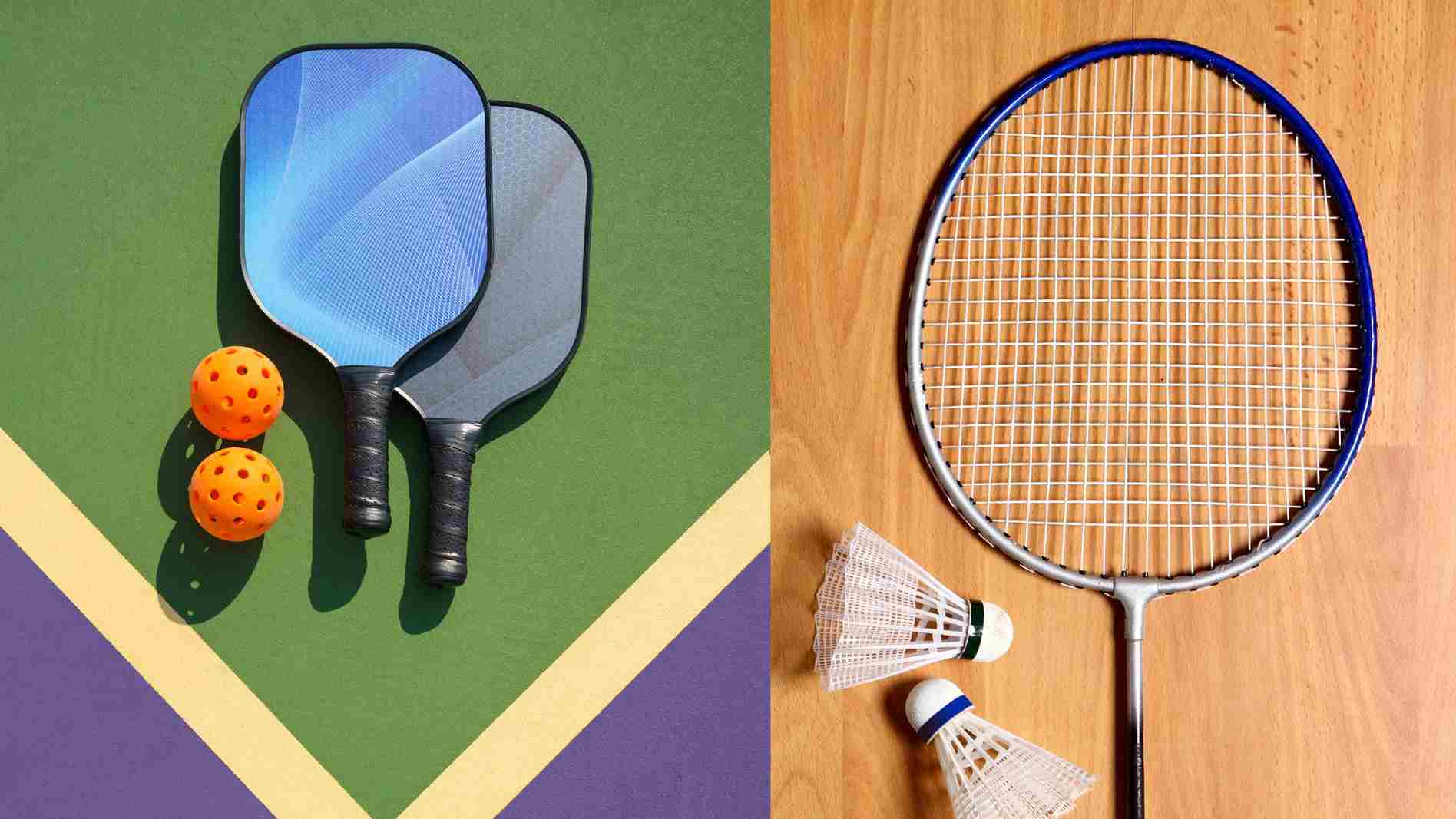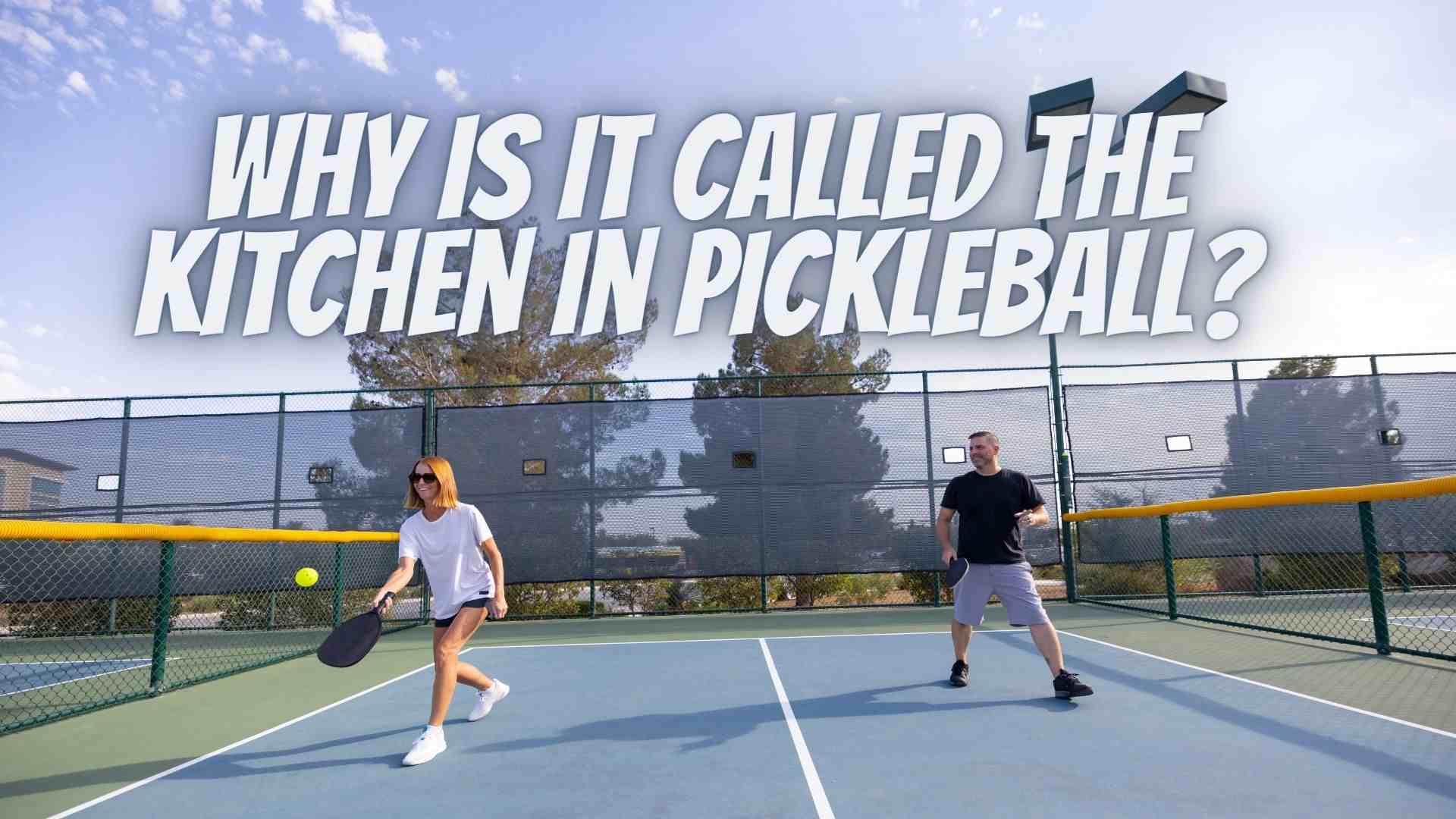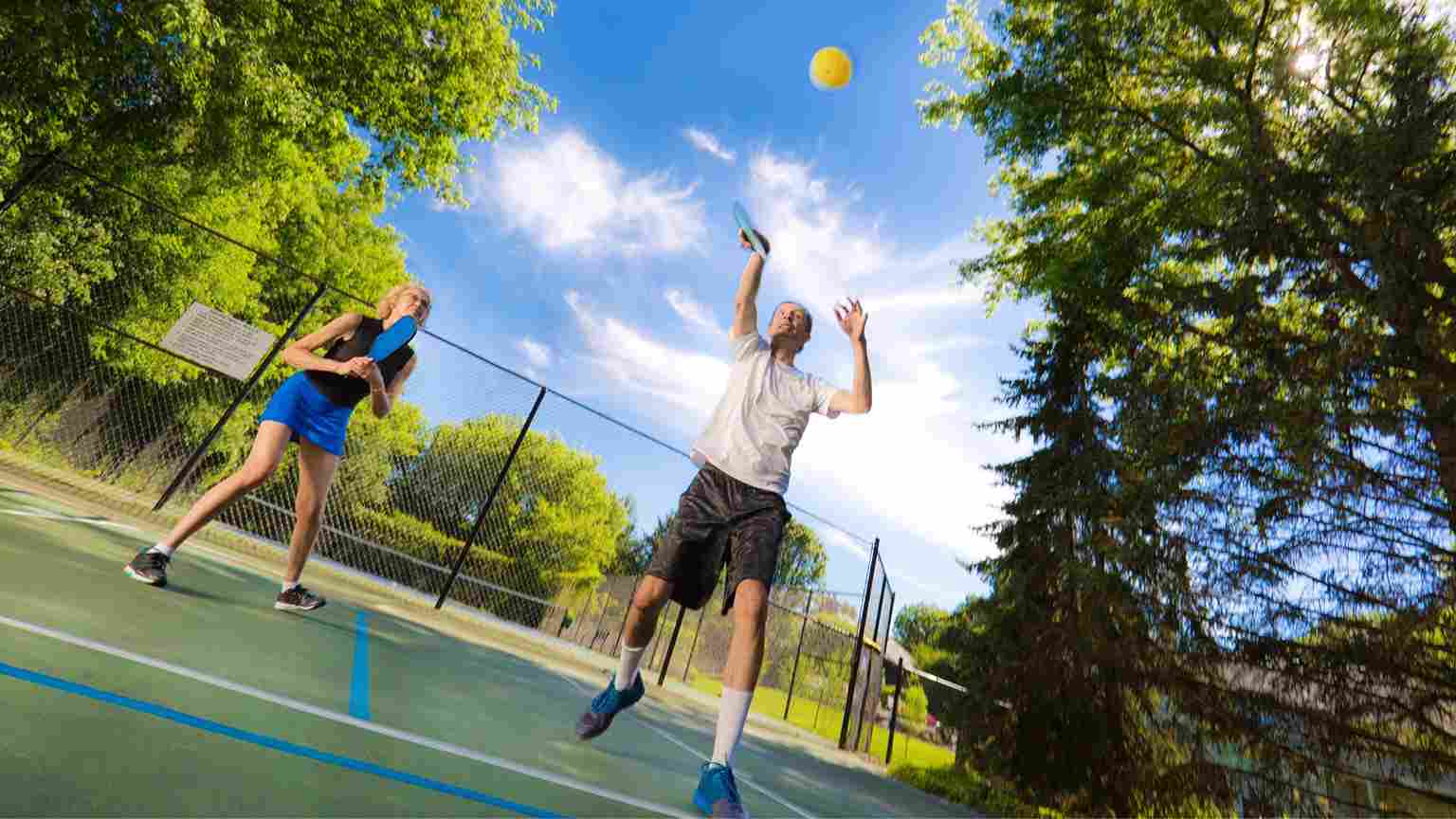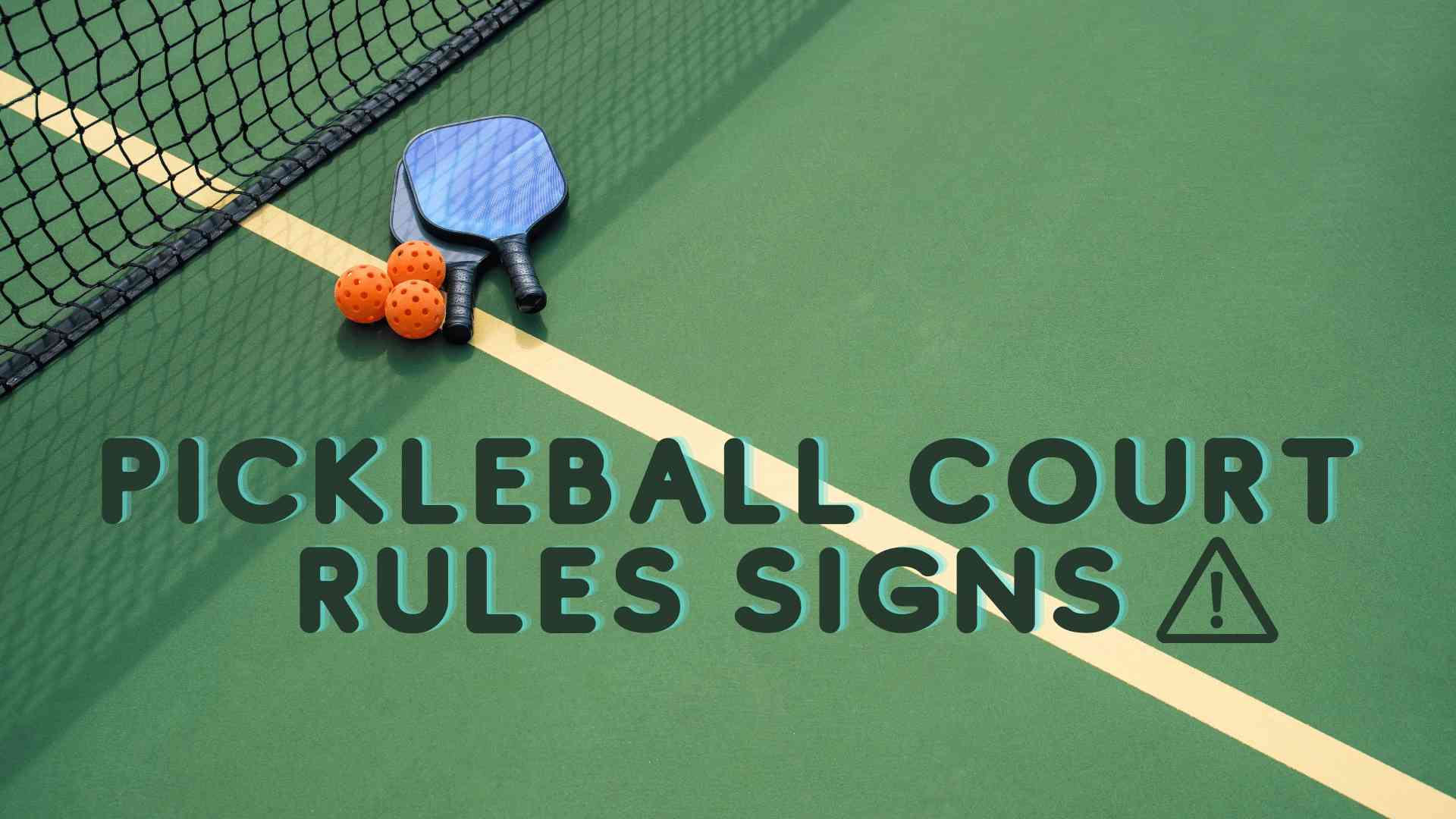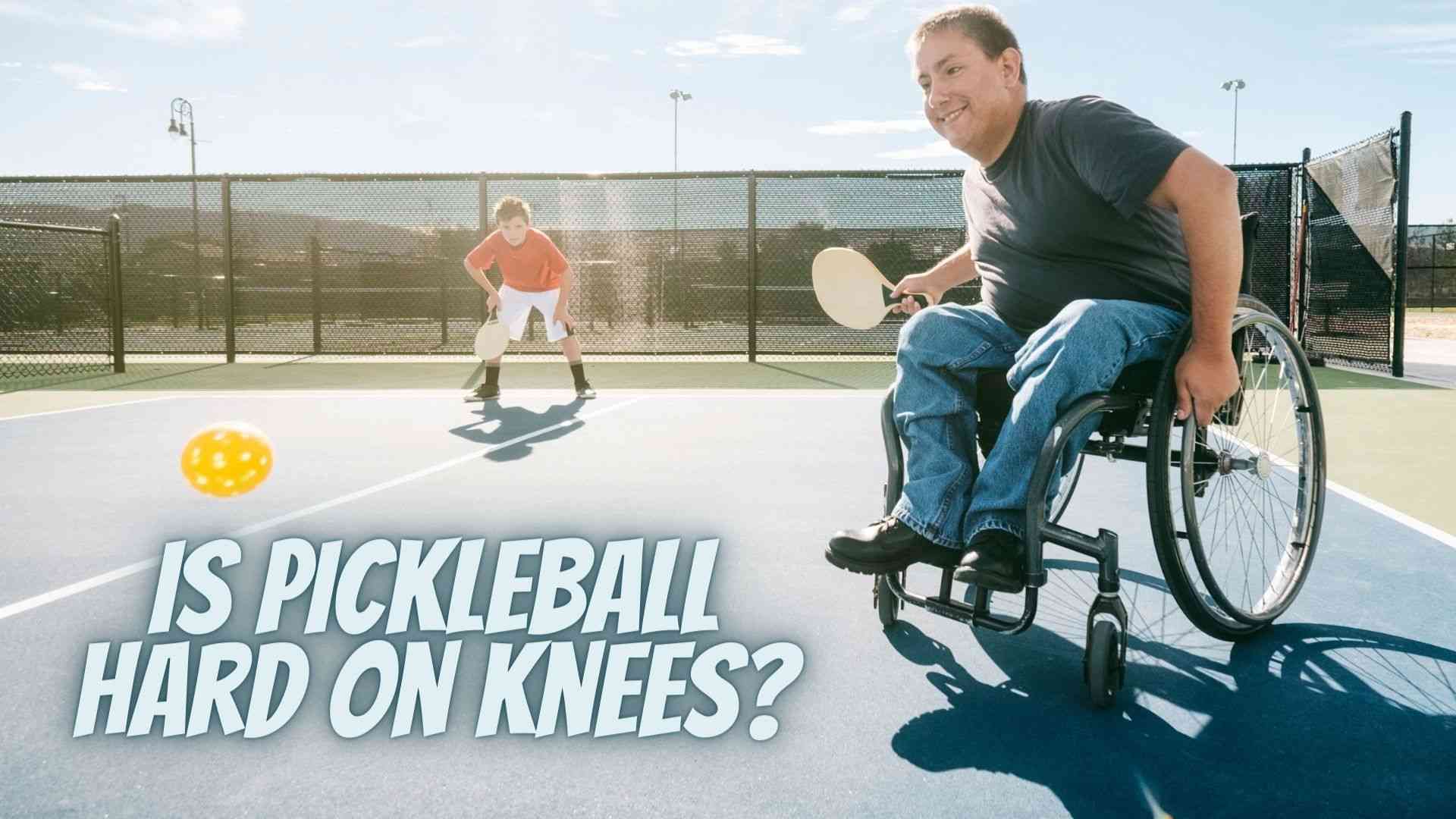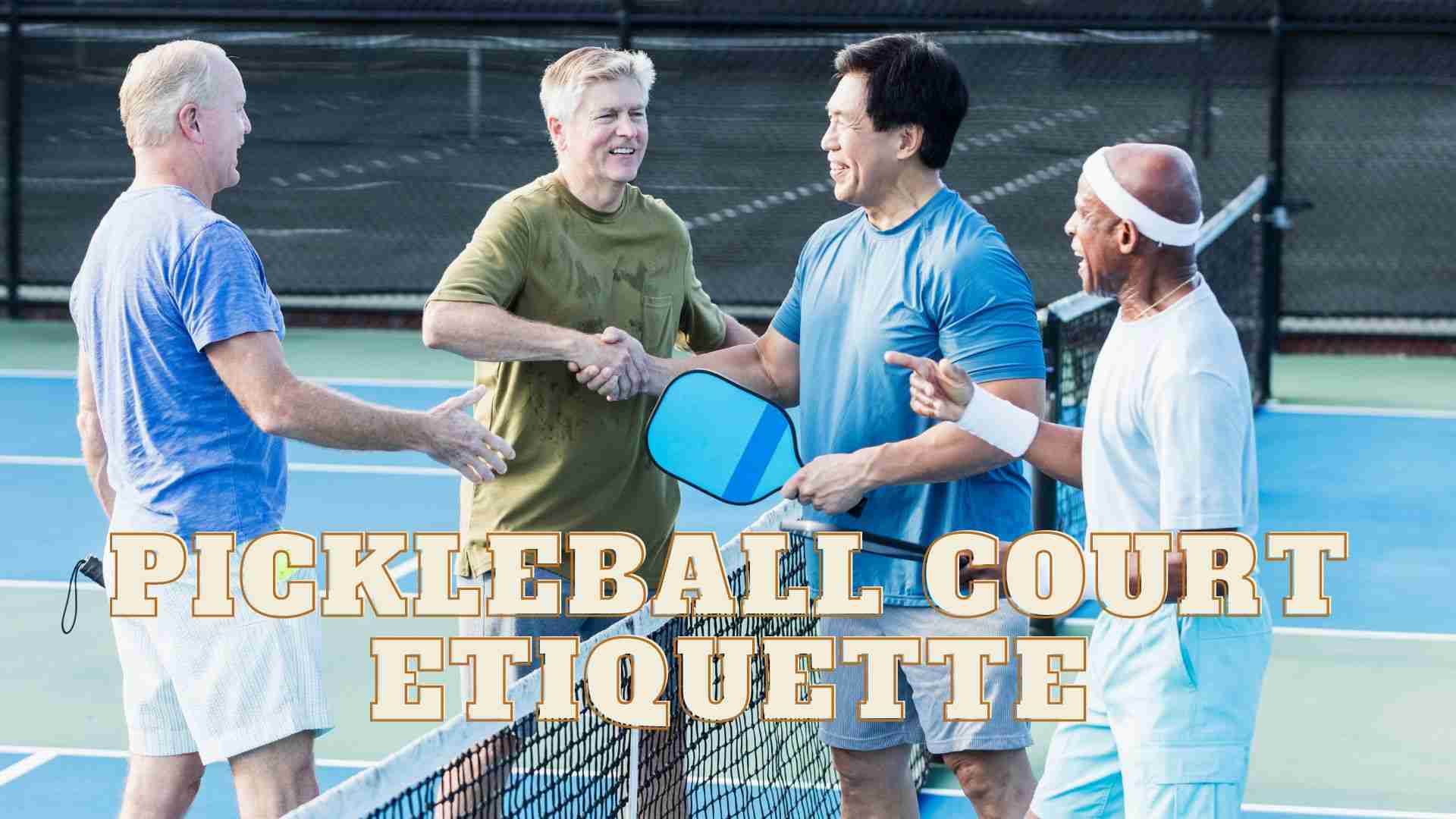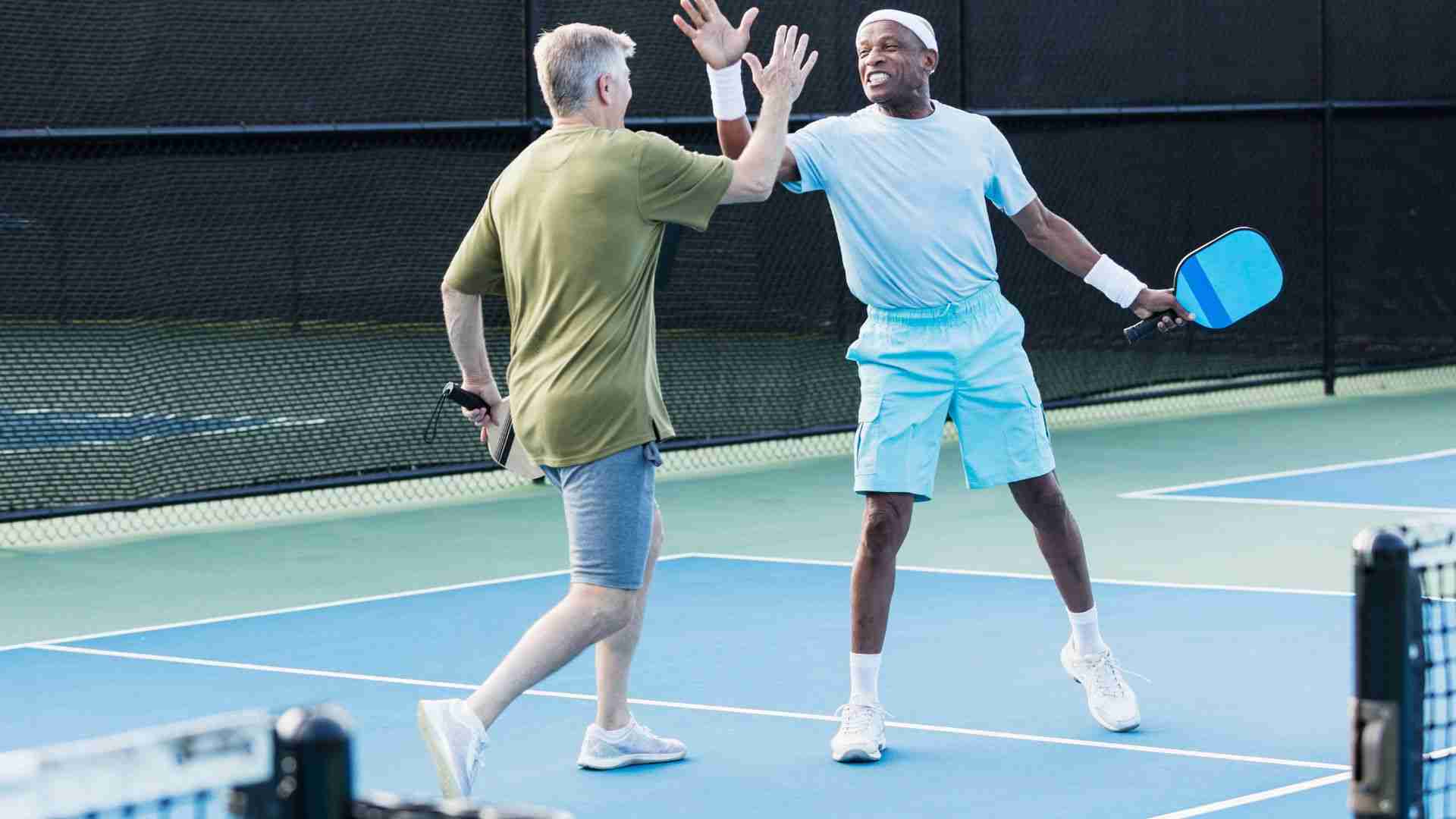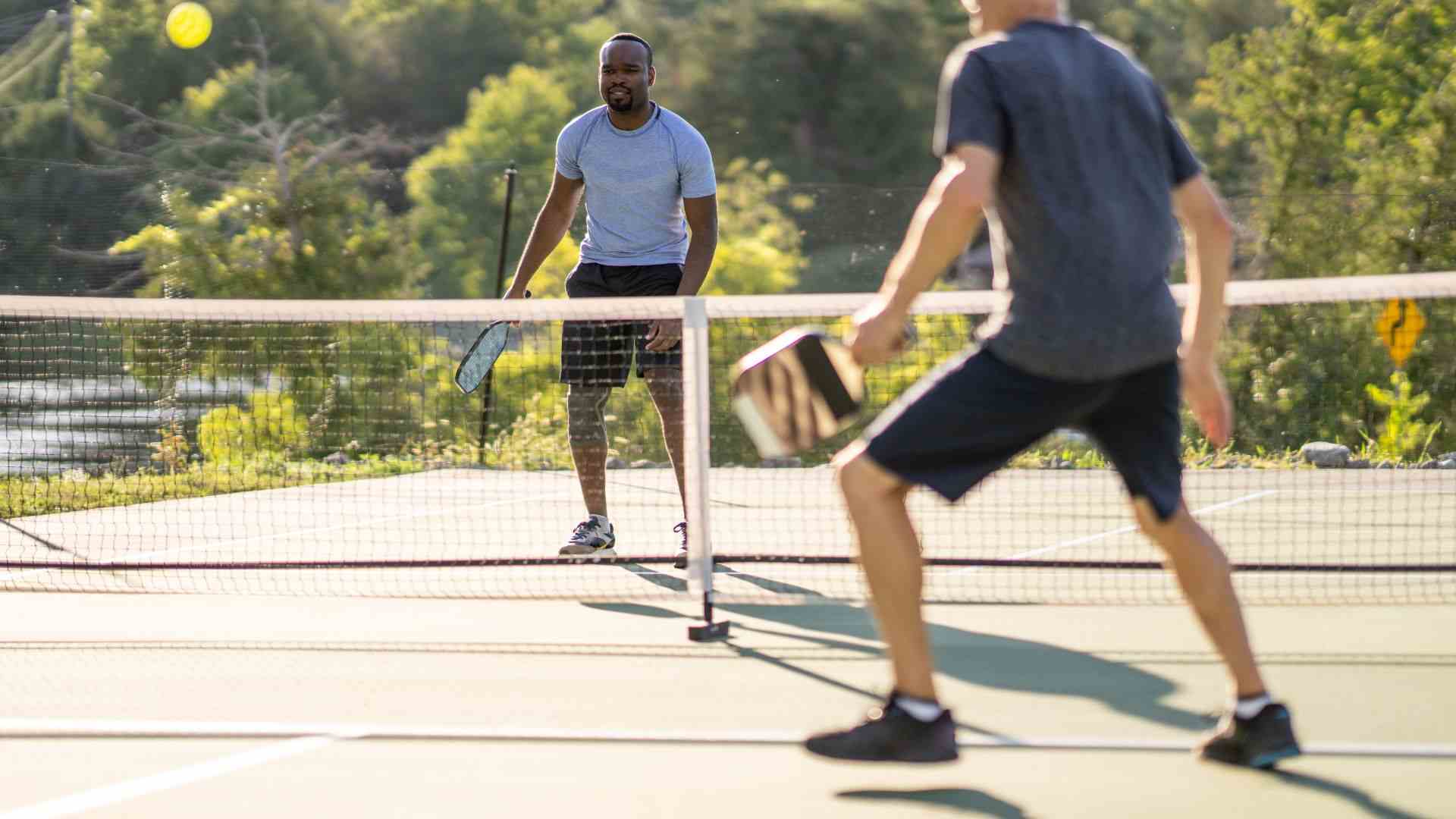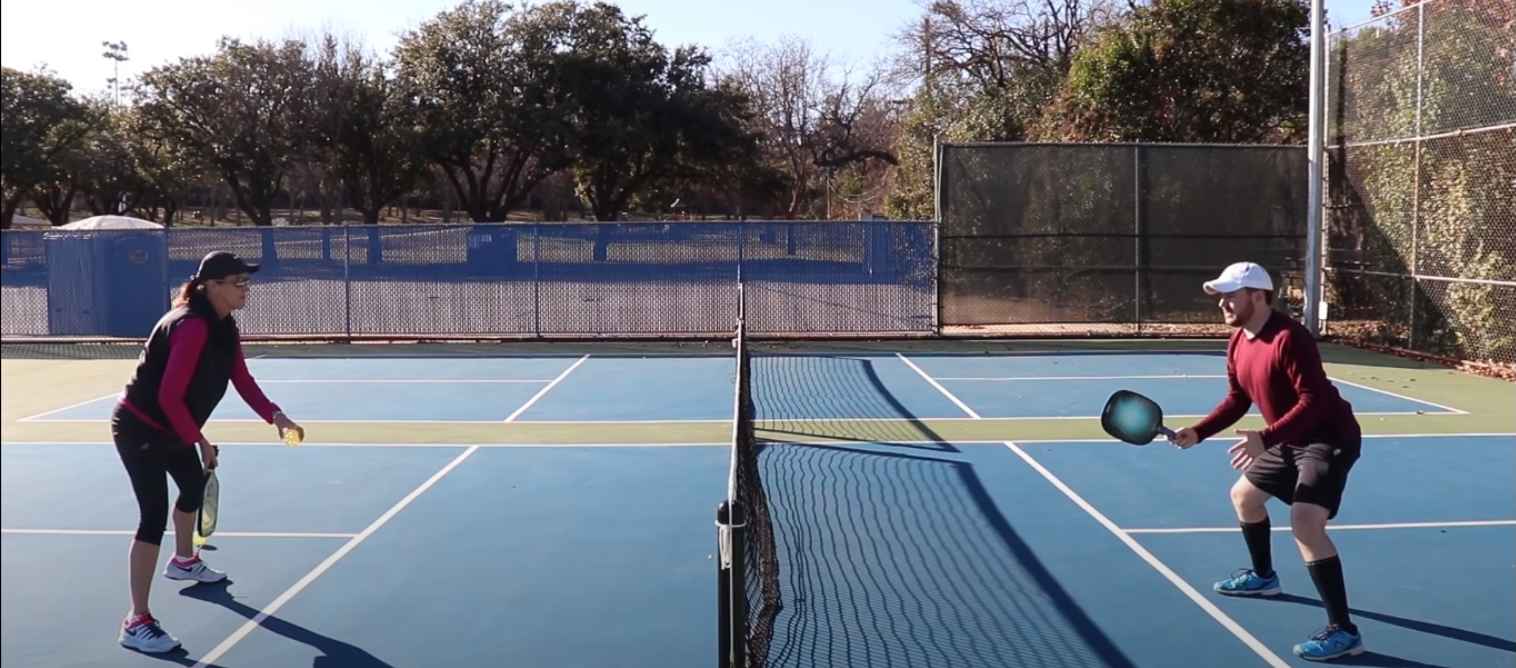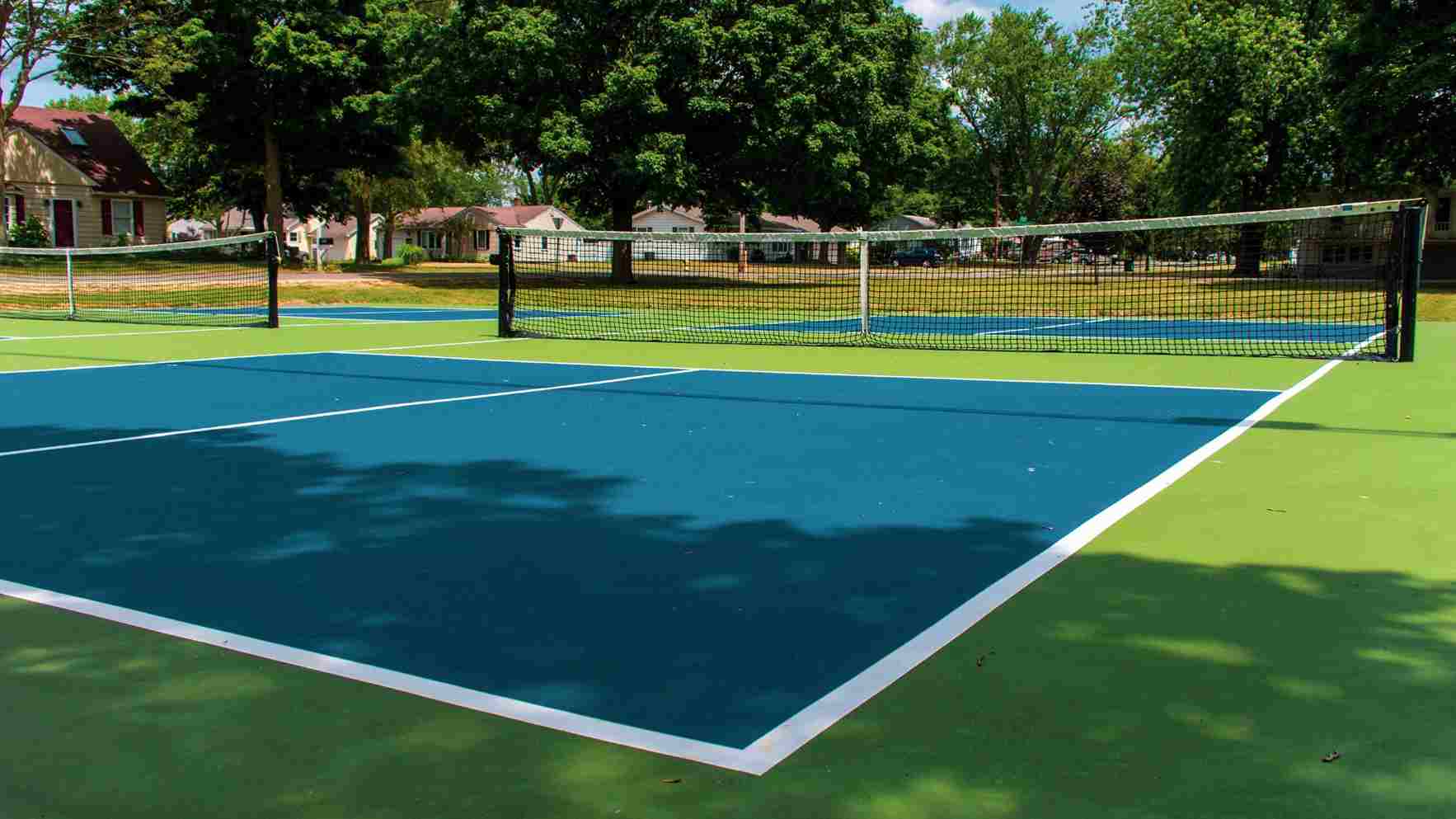
A large number of pickleball courts have sprung up in localities because of the popularity of Pickleball. Are you planning to build or renovate your pickleball court? Many factors must be considered when building a pickleball court, but the one that is always neglected is pickleball court colors.
Choosing the right pickleball court color is an essential part of the process of building a pickleball court. Not only does it add aesthetic value, but it also helps players distinguish the different lines and zones on the court.
We will discuss everything you need to know about sport court colors and pickleball court paint colors.
The Curb Appeal
Professional designers, landscapers, and real estate dealers are more often familiar with this term. “Curb appeal” represents the attractiveness or aesthetics of a house or property. This term can be widely used to measure the attractiveness of the exterior of a house or any commercial property as viewed from the outside by someone.
It is the first impression someone gets from a house before stepping into it. It is the curb appeal that can make your house stand out from others. There are few things more impressive than the color of an outdoor Pickleball court when it comes to curb appeal.
In light of this, how will the pickleball court design and color theme of your Pickleball court complement the rest of your backyard and house? Why not paint your court a color that complements your house? You can make or break your court by choosing the right color and maintaining it properly.
Traditional Pickleball Court Color Combinations
Pickleball courts tend to be painted in common colors. Two colors are most commonly used: blue and green.
Pickleball courts have standardized colors that are recognized by the International Federation of Pickleball (IFP). These colors include green, blue, and red.
The playing surface is usually green, while the non-volley zone is blue. The service courts are divided by a centerline, and they are colored red.
USAPA, on the other hand, states that the paint on the courts can be any color, but it must conform to the lines of the court as well as the ball.
Pickleball courts with a light color reflect more light and are more popular in hotter climates. Expert estimates that a light gray tennis court would be 40 degrees cooler than one with a dark shade.
Yellow or lime-green pickleball balls are generally used in pickleball as compared to tennis court colors. It will be easier for the players to play if there are contrasting pickleball court colors. Any color you want can be used, including reds, purples, blues, and greens.
Table of Standard Pickleball Court Colors
Here is a quick reference table of the best colors to wear to court from the pickleball palette:
| Zone | Color |
|---|---|
| Playing Surface | Green |
| Non-Volley Zone | Blue |
| Service Court | Red |
| Centreline | White |
Why These Colors?
The reason behind these court colors from the pickleball palette is to provide high contrast between the different zones of the court. The green playing surface makes the ball more visible and easier to track, while the blue non-volley zone helps players stay out of the area where they could get injured.
The red service courts provide a clear boundary for serving and returning the ball.
Coloring The Stripes Of The Pickleball Court
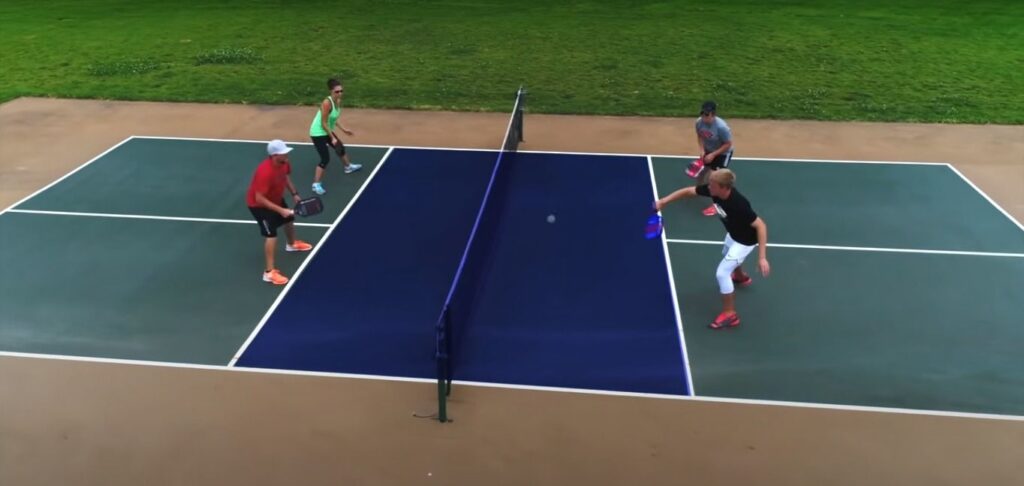
It is recommended by USAPA for Pickleball court designs to have white boundary lines. During the coloring process, remember that the most important factor is the contrast of the color of the court’s surface with the boundary lines of the court.
It is very important to apply the Pickleball court lines straightly in order to give the court a professional appearance. Lines are best applied with a line-taping machine and then spread with a roller or brush after the line is taped.
Favorite Teams
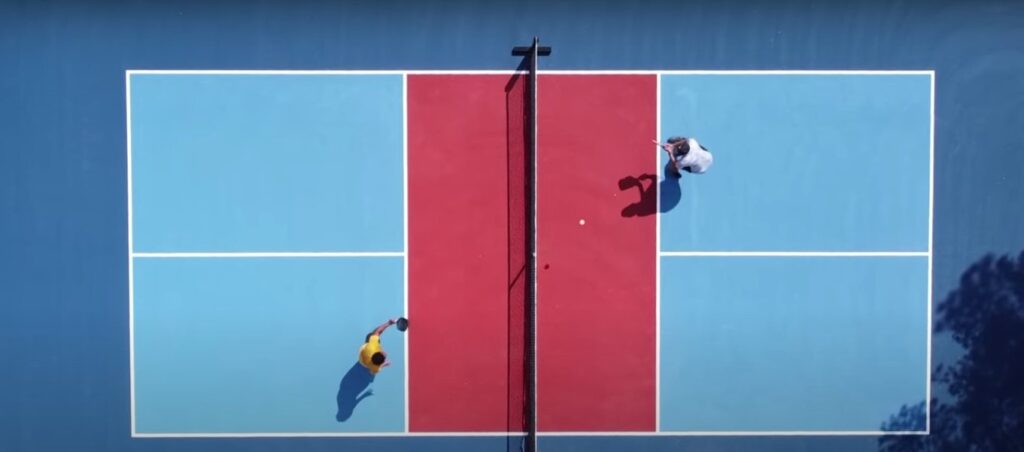
It is possible to choose from a wide variety of colors for pickleball court installations. Additionally, you can customize the colors of the Pickleball courts to match the team colors of your favorite sports team. Some popular custom colors include black, purple, and yellow.
The color of your Pickleball court doesn’t really matter unless you are playing in a professional tournament. It doesn’t matter what you choose, so long as you like it and it matches your home, then go for it!
How To Choose The Right Pickleball Court Color?
When choosing Pickleball court color schemes, consider factors such as location, lighting, and surroundings. For example, if your Pickleball court is in a bright and sunny area, a darker color, like blue, maybe a better choice to reduce glare.
Additionally, you may want to choose colors that match the surrounding environment or your team’s colors.
Pickleball Court Color Schemes: Things To Avoid
Knowing what to avoid is just as important as choosing the right pickleball court colors. One common mistake is using colors that are too bright or neon.
These colors can be distracting and make it difficult for players to focus on the ball.
Another mistake is using colors that are too similar to one another, such as using light blue for both the playing surface and the non-volley zone.
This can cause confusion during play and make it challenging for players to distinguish between the different zones.
Summary: Pickleball Court Color Combinations
Choosing the best court color is an important decision that can impact both the functionality and aesthetic appeal of your pickleball court. Stick to the standard colors recognized by the USAPA, or choose custom colors that match your team or club’s branding.
Avoid using colors that are too bright or too similar, and make sure to use high-quality paint designed for outdoor sports courts. With these tips in mind, you can create a beautiful and functional pickleball court design that players will love.





